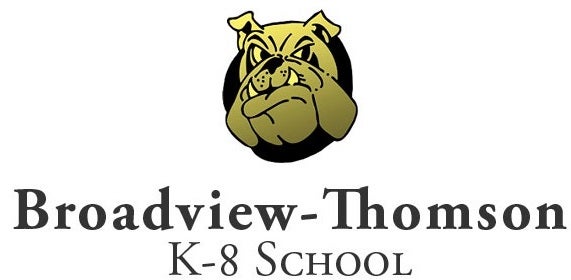Reading Resources for Families
Comprehension Practice at Home
Choose a book from school, part of a favorite book, or an interesting article to practice reading out loud.
Read aloud often, in any language, then share out the key ideas to show your child what you take away from the text.
When you are reading aloud to your child or when your child is reading aloud to you, use the after reading questions.
Fiction (Ex: a story)
Choose a page or section in the text to read with your child or have your child read aloud.
- When finished reading a section, ask your child, “What happened so far?” Ask, “where did you learn that in the text or illustrations?”
- Continue reading one section at a time, asking, “What happened so far?” after each section. Ask, “where did you learn that in the text or illustrations?”
- After reading the whole text, ask, “What happened in the beginning, middle and end of the story?” Ask, “where did you learn that in the text or illustrations?”
Non-Fiction (Ex: a science article)
Choose a paragraph in the text to read with your child or have your child read aloud.
- When finished reading a section, ask your child, “What is this section about?” Ask, “what in the text or photographs makes you say that?”
- Continue reading one section at a time, asking, “What is this section about?” after each section.
Ask, “what in the text or photographs makes you say that?” - After reading the whole text, ask, “What did you learn about [TOPIC OF THE TEXT] in the text?”
Students have been working hard to practice their reading skills.
We wanted to share some ways families can practice reading with students over mid-winter break and have fun doing it!
Click the links below to learn to support your student with:
- Sounding out words
- Echo reading and Choral Reading to practice fluency
You can use any book or poem you have at home or on Seesaw
K-1 Decoding
1. Have your child read out loud.
2. If your child gets stuck on a word, encourage them to sound out the word.
Identify the individual sounds of the word
Stuck on the word –>fan
First sound? /ffff/
Next?/ ăăăă/
Keep going… /nnnn/
Blend the sounds together –>fan
2-3 Decoding
1. Have your child read out loud
2. If your child gets stuck on a word, encourage them to sound out the word
Break the word down into syllables
Stuck on the word –> tomorrow
Let’s break up the word by syllables
to . mor . row
Try for the real word –>tomorrow
Fluency Practice at Home
Choose a just-right book, a book from school, part of a favorite book, or a poem to practice reading out loud. Read aloud often, in any language, to your child so they hear what fluent reading sounds like. Practice reading along with your child using either choral or echo reading.
Choral Reading
1. Choose 1-2 sentences or a short section of a text for you and your child to read aloud.
2. Tell your child to read along with you at the same speed so your voices sound like one voice.
3. Continue reading, choosing a new section of the text to read together.
Echo Reading
1. Choose 1-2 sentences or a short section of a text and read it aloud.
2. Tell your child to listen carefully to your voice so they can “echo” it back to you.
3. Child then reads the same part back to you exactly as you read it.
